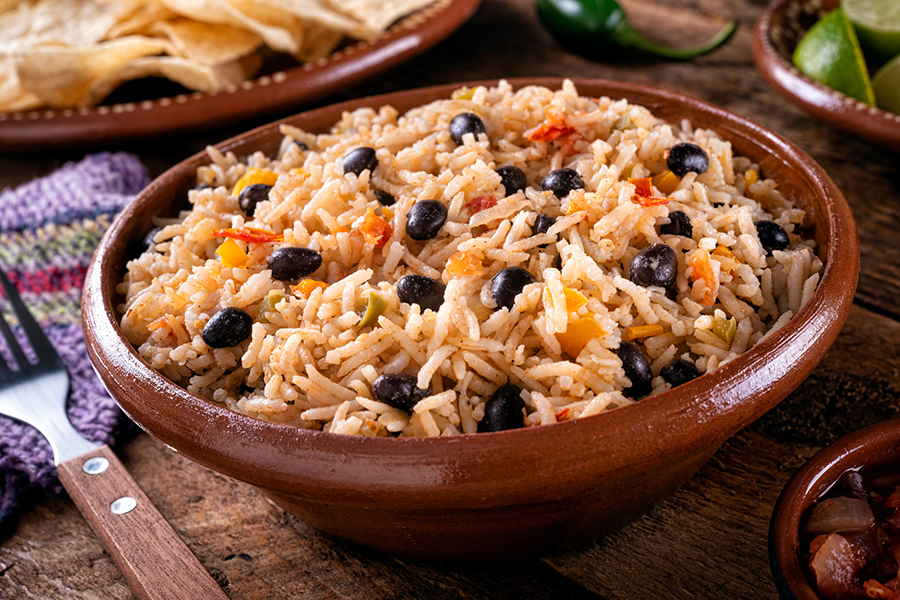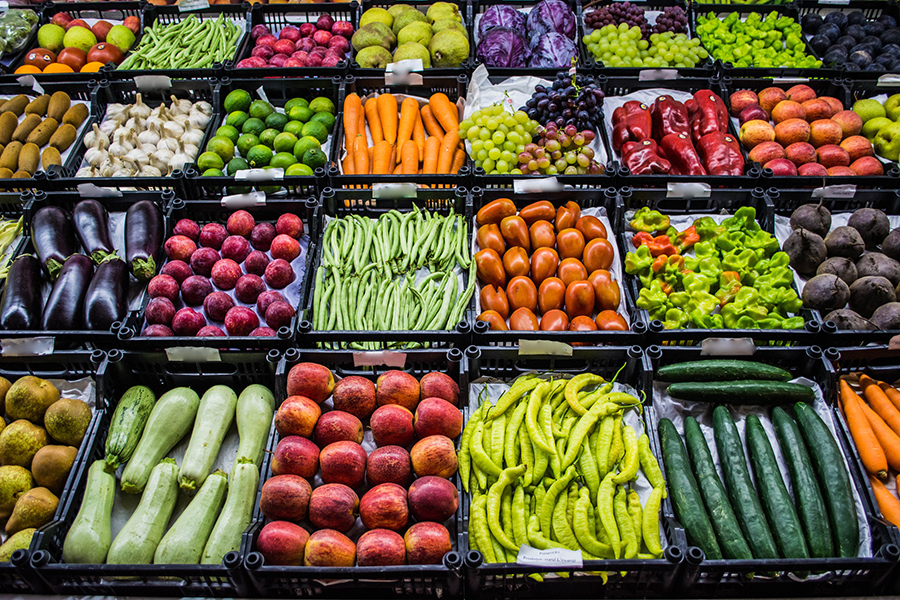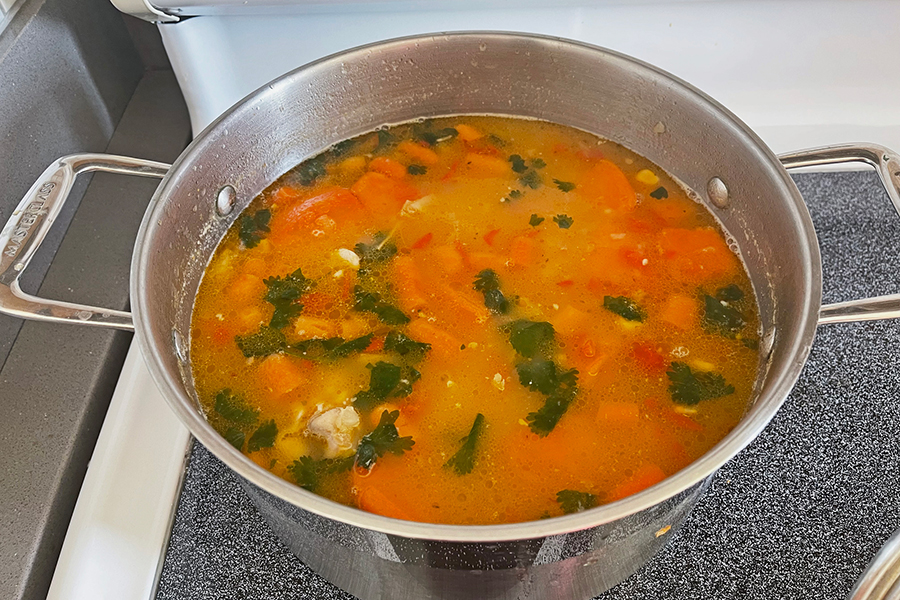Combine kitchen skills, planning and help from friends for delicious results
 Once, Rylan Krause (Cook ’12) made a chili to end all chilis. In university, he and a friend decided to solve the perennial student problem of insufficient time and money for cooking by investing the majority of a month’s food budget in a heap of peppers, beans and tomatoes.
Once, Rylan Krause (Cook ’12) made a chili to end all chilis. In university, he and a friend decided to solve the perennial student problem of insufficient time and money for cooking by investing the majority of a month’s food budget in a heap of peppers, beans and tomatoes.
“We made this huge vat of chili,” recalls Krause, who studied anthropology before coming to NAIT. “It was epic.”
But it also put a firm stop to his hunger for the stew staple. After enjoying it the first night, “we ate it the next night. And we ate it the next night. And the next. In two weeks, we hated it.”
That is, the perennial problem went unsolved. Until now, perhaps.
Krause, executive chef at Ernest’s Dining Room and a Culinary Arts instructor, recently revisited the question of how to eat healthy under sometimes challenging circumstances, such times of high costs or, worse, high costs when you're a student.
Here are his top six tips – none of which include mega-batches of chili, no matter how good that first serving may be.
1. Learn some basic butchering

One thing Krause most enjoys teaching is how to break down a chicken. A whole bird is cheaper than breaded chicken breasts, for example, and he believes that anyone with a decent knife and access to YouTube can learn how to prepare them.
“This gives people confidence,” says Krause. “There’s a gatekeeper [aspect] to cooking where it’s like, only good chefs can do this. Come on – people have been butchering birds since the dawn of time. We’ll be OK.”
2. Look to other cultures

Not all world cuisines are as meat-focused as North America. Pulses – such as beans, lentils and peas – can be combined with other inexpensive whole foods to offer a full complement of protein.
“If you have brown rice with beans, that’s probably more economical than a chicken breast, but it’s also probably better for your body and your soul,” says Krause. “But how do you cook that?”
One answer is to look at those other cuisines. “Maybe there’s a really nice Guatemalan dish and we go from there.”
3. Spend more to save more?

Krause acknowledges there’s no simple workaround for rising food prices. So he offers an approach that might seem counterintuitive but could strengthen local supply chains, potentially lowering prices over time.
Rather than buy an excess of carrots at the local supercentre, then watch half of them go soft in the fridge, spend the same amount buying exactly what you’d need for the week – that is, less – at a farmers market.
To get over the psychological hurdle of paying more up front, keep notes. “I wish people would have an Excel file and write it all down: what did I eat, what did I spend, how did I like it," says Krause. "I think if they put that little bit of effort in, they’d realize how much cheaper it is even though the initial ticket price is tough to digest.”
4. Plan for multiple uses

A ripe banana today, Krause points out, is a great peel-and-eat snack. Tomorrow it’s brown and better for bread. Plan ahead for the inevitable with perishables and you’ll have homemade snacks for days.
5. Talk to other eaters

You’re not alone. Other people are encountering similar troubles with food. But they may be dealing with it in ways you’ve not considered. Talk to them and take good suggestions to heart.
“Right now I’m obsessed with ferments,” says Krause. “That’s because someone was telling me about Korean side dishes. I didn’t know about that three months ago, now I’m saving [and fermenting] tons of stuff.”
6. Consider a cooperative

You'll be even less alone if you band together with those people.
Krause is OK with big batches if they can be shared. Four or five students could each save money buying ingredients in bulk, cooking big on their own, then trading portions. That way, says Krause, “You’re not getting over-saturated with something that is delicious but hard to eat over and over.”
Just make sure that everyone isn’t making an epic pot of chili.
Banner image by Tirachard/istockphoto.com